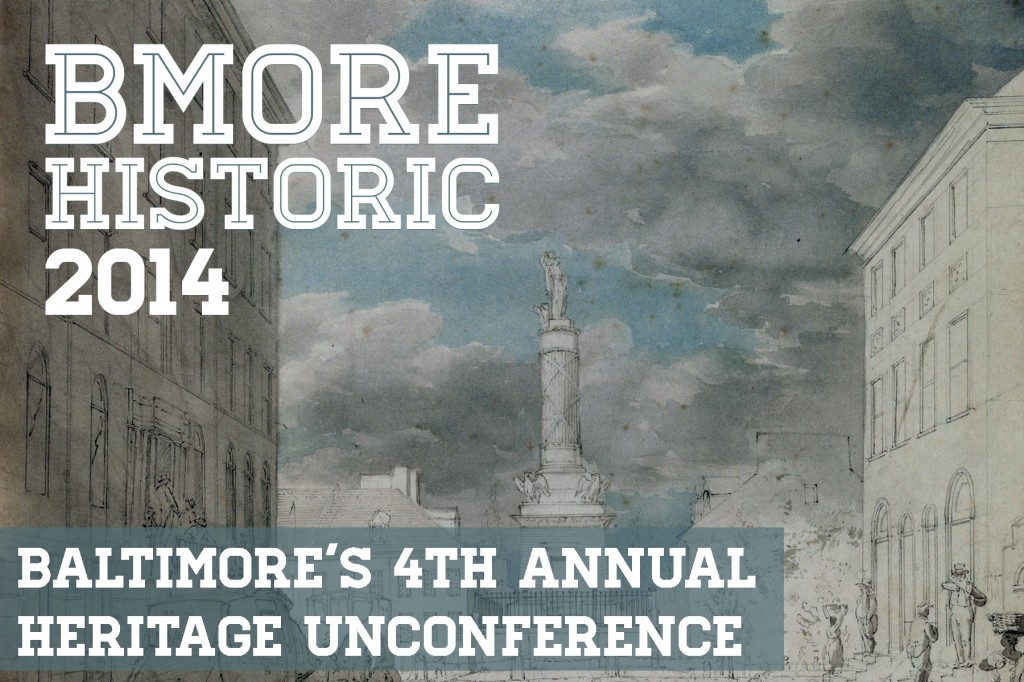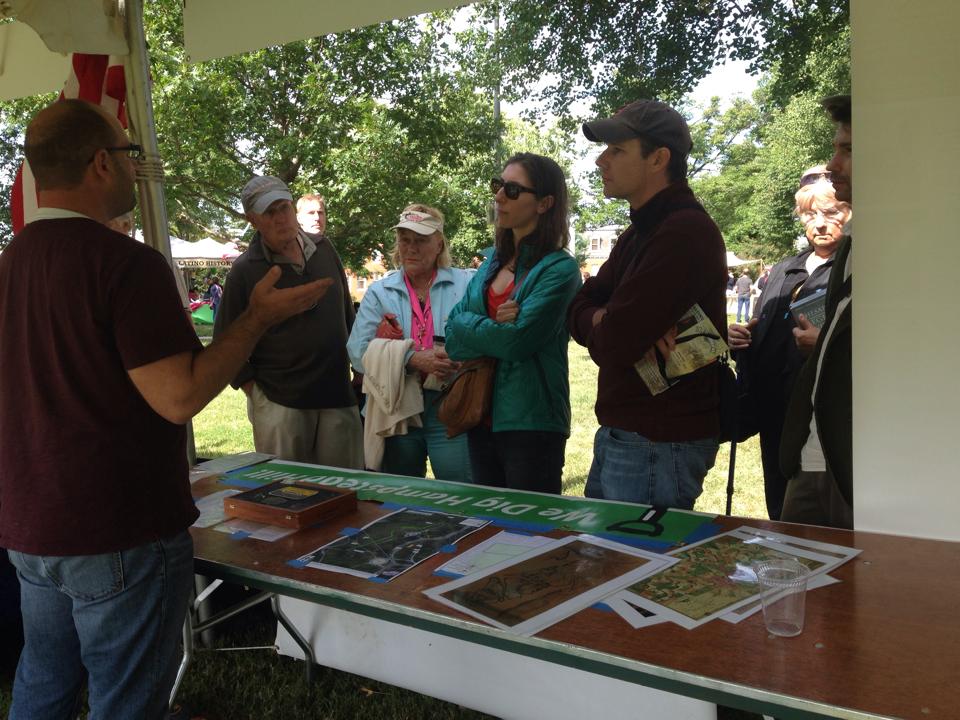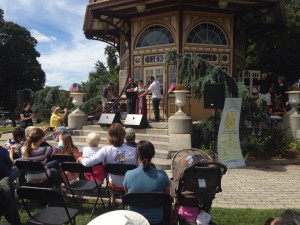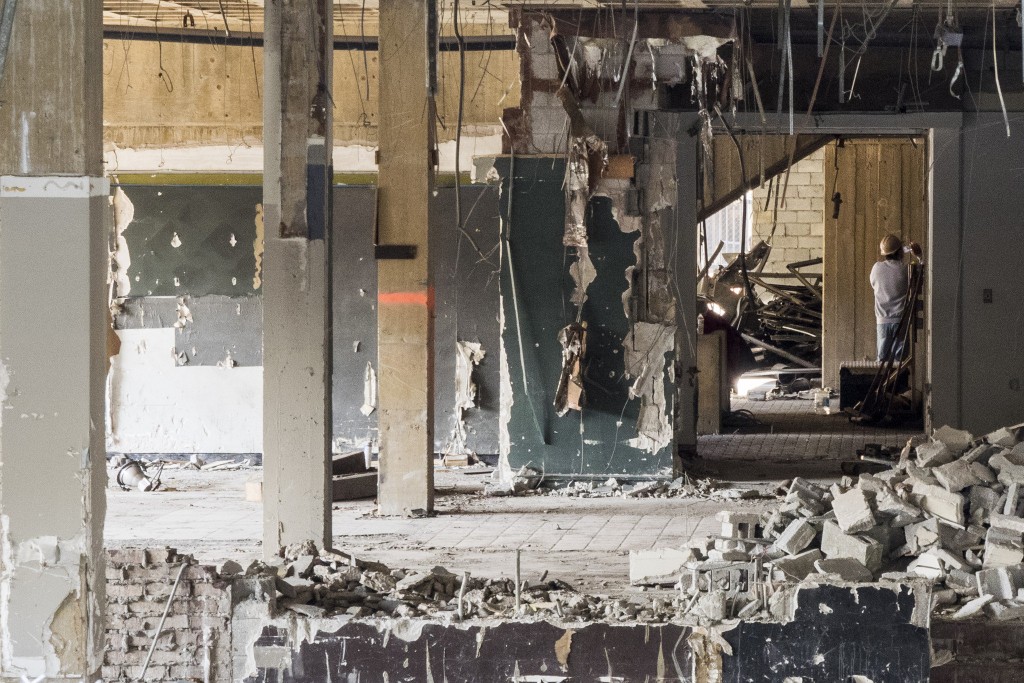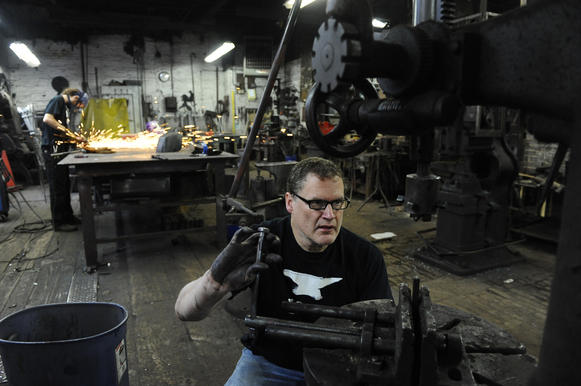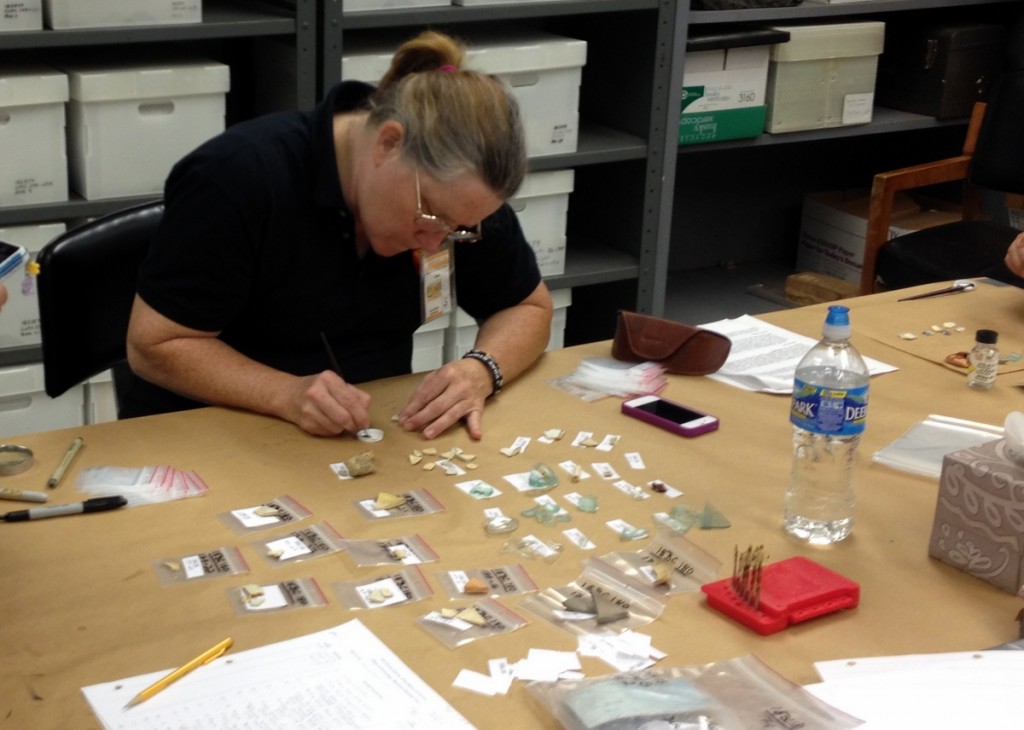Thank you to everyone who came out and joined us for our Bmore Historic 2014 unconference earlier this month. Read Kate Drabinski’s column for a great take on the day or check out the unconference blog for more details.
Field Tripping: Getting Historic, Kate Drabinski, Baltimore City Paper, October 21, 2014.
“Thing is, though, my job also means that this year’s Bmore Historic Unconference is as much a field trip as a work obligation, and I got to spend the day sharing equal parts curiosity and righteous indignation with a wide swath of Baltimore-area history buffs, museum professionals, preservationists, students, and nerds as we asked those good questions of what counts as history, whose histories matter, and what the heck we should do with them…
Other sessions served as skill-building workshops in oral history, DIY genealogy, connecting youth to history and heritage issues, and how to use open-source web resources to curate online archives and collections. Eli Pousson from Baltimore Heritage shared its Explore Baltimore Heritage app that allows users to pull up historic photographs and narratives of sites all over the city from their smartphones. Drawing on her work in oral history as part of University of Baltimore’s Baltimore ’68 project, Elizabeth Nix led a packed workshop on how to do oral histories. Participants shared their ongoing Baltimore-based projects gathering the stories of such wide-ranging groups as veterans, LGBTQ people, youth, elders, laborers, suburbanites, and alt kids. These projects hope to bring out the many different and diverse ways that people have made Baltimore home.”

